
Brian Eno started his musical career as a member of Roxy Music, where he used his synthesiser to treat Phil Manzanera’s guitar and Andy Mackay’s saxophone and oboe. After leaving Roxy Music he built up an impressive catalogue as a producer, with significant albums for David Bowie, Talking Heads, Devo, and U2, where he used his pack of Oblique Strategies cards to resolve any creative impasses.
Introduction
In between his other endeavours, he found time for a solo career, most notably in the mid-1970s. During this period he created a series of skewed pop albums, which dabbled with glam rock, ambient textures, and Germanic electronic sounds. He collaborated with other English art-rockers like Robert Fripp, Phil Manzanera, and Phil Collins. His reedy voice is effective and while he’s often associated with the label ambient, his pop albums are energetic and succinct; they’re certainly weird, but not dissimilar to what more commercially successful artists like Bowie were doing at the time.
Eno’s debut Here Come The Warm Jets is in the same glam rock idiom that Roxy Music were exploring while Taking Tiger Mountain By Strategy is a less accessible concept album about China. The ambient textures are assimilated into 1975’s Another Green World, while 1977’s Before and After Science has a more German feel. Post-1977, his solo output has focused on ambient albums. Of these, I’m only familiar with 1975’s Discreet Music, which I’m not very enthused about, although some of his other ambient albums are reportedly stronger. I do enjoy Eno’s collaborations with Talking Heads’ David Byrne.
Eno’s simply too weird for mainstream success as a solo artist, although his ideas have hit the mainstream through his production work. But his 1970s vocal albums are full of interesting ideas, and Another Green World and Before and After Science are two of my favourite albums ever.
Brian Eno Album Reviews
This is a select list of the Eno albums that I’ve covered/plan to cover on this site – mostly his vocal albums.
Favourite Album: Another Green World
Overlooked Gem 801 Live
Here Come The Warm Jets
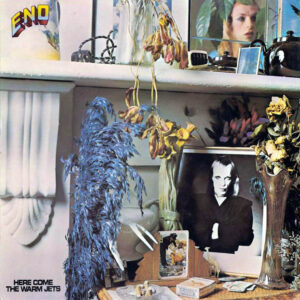
1974, 8.5/10
While he’s nowadays accepted as a respected elder statesman of rock, Eno’s image in the glam era is edgy; what are now endearing eccentricities seemed far more subversive in Eno’s glam rock, eyeliner days. Here Come The Warm Jets‘ appeal comes from its warped sensibility; most of the melodies and structures are fairly conventional and accessible, reflecting a fondness for mainstream pop like The Beach Boys and Beatles, but Eno’s arrangements and lyrics are far more unusual and idiosyncratic. The infusion of straightforward pop with a more avant-garde sensibility is a fascinating combination, and very much a continuation of the experimental spirit of early Roxy Music. Eno plays basic guitar and keyboard parts, and his “snake” guitar style is distinctive, but his biggest instrumental contribution comes through the way that his technological devices treat the sounds of his collaborators, creating unique and identifiably Eno tones. Guest musicians include most of Roxy Music, along with King Crimson members Robert Fripp and John Wetton.
Debut Here Come The Warm Jets is also a surprisingly eclectic record, jumping from glammed-up rocker ‘Baby’s On Fire’ to the proto-ambient ‘Some Faraway Beach’ and The Beach Boy’s tribute ‘Some Of Them Are Old’. Compared to later records it does tend more towards chaos, with Fripp and Phil Manzanera’s guitars treated into imposing chunks of noise (‘Blank Frank’) and spinning into unconventional solos (‘Baby’s On Fire’). The album opens with ‘Needle In The Camel’s Eye’, its melody referencing the opening track from The Velvet Underground’s debut, another key influence on Eno’s music along with avant-gardists like La Monte Young and Steve Reich. Eno pulls off a nasty Ferry impersonation on ‘Negro Blowtorch’, and alternately monologues and wails through the piano groove of ‘Dead Finks Don’t Talk’. Here Come The Warm Jets is packed with ideas and Eno’s trying something different with every track.
Brian Eno’s not primarily known as a solo recording artist, yet his run of vocal albums through the mid-1970s are some of the most fascinating committed to vinyl.
Taking Tiger Mountain (By Strategy)

1974, 7.5/10
For his second solo record, Eno devised a concept record about China – the title comes from a Chinese propaganda film. While his other records dip into glam, funk and ambient, Taking Tiger Mountain is restricted mostly to sluggish mid-tempo rockers. There’s a consistent band playing throughout, and the dynamic contributions of guests like Robert Fripp are missed. The core group includes Roxy Music’s Phil Manzanera (who is also credited with arranging and production) and Soft Machine’s Robert Wyatt on percussion and backing vocals. Phil Collins plays on ‘Mother Whale Eyeless’ while the Portsmouth Sinfonia, a notoriously inept classical ensemble whom Eno produced, guest on ‘Put A Straw Under Baby’. There are also guest choruses of backing vocals, giving some of the tracks an off-kilter, sing-along feel.
Highlights include the dynamic ‘Third Uncle’, based around some impressive bass work from Brian Turrington, and the slow trippy ‘The Fat Lady of Limbourg’, where Andy Mackay contributes some oddly eerie horn lines. The tunes that vary most from the formula are the odd lullaby-like ‘Put A Straw Under Baby’ and the title track, which starts as a soothing piano instrumental before opening out into another perverted sing-along. Manzanera spits some nasty leads in ‘The True Wheel’, which provides the name for Manzanera and Eno’s side project (“we are the 801s”).
If it wasn’t overshadowed by the exceptional albums that surround it, Taking Tiger Mountain would be a more remarkable achievement.
Another Green World
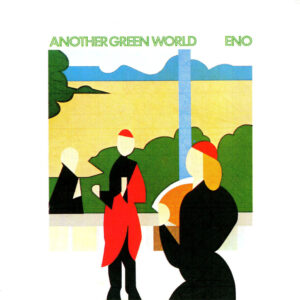
1975, 10/10
Brian Eno was immobilised for long periods of time leading up to Another Green World; he suffered a long illness and was then hit by a car, the time off resulting in a calmer approach to record making. There are four vocal tracks on Another Green World; the remainder of the record is devoted to ambient instrumentals. I’m not particularly excited by Eno’s full-scale ambient records, but Another Green World is altogether different, based around short fragments with melodic motifs and innovative instrumentation – guest appearances are still very influential on the sound of this album, as are Eno’s treatments. John Cale guests on viola, while Robert Fripp and Phil Collins also make distinctive and important contributions, although Eno plays far more of the instrumental parts than previously, reflecting the less song-based nature of the album.
The standout track of this album, and arguably of Eno’s entire career, is the magnificent ‘St. Elmo’s Fire’; Fripp’s fantastic solo is merely the icing on the cake of an extremely impressive mini-epic. Aside from Fripp’s contribution, Eno plays the entire track solo, contributing organ, piano, guitar, bass pedals, and percussion. The calmer ‘Everything Merges With the Night’, referring to the Chilean revolution of 1973, is another standout, its gentle strummed guitar a long way from the nasty chaos of ‘Baby’s On Fire’ two years early. The instrumentals have distinctive identities, and they’re extremely palatable in their concise forms; highlights include the gorgeous title track, which spends most of its short running time fading in and fading out, and ‘The Big Ship’
There are strong arguments for each of Eno’s four major 1970s vocal records, but Another Green World is my choice for the pick of an excellent bunch.
Discreet Music
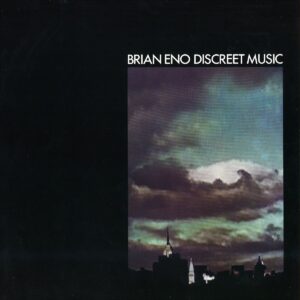
1975, 5/10
A month after Another Green World was recorded, Eno went back into the studio to create a full-scale album in the ambient areas that his previous album hinted at. While Another Green World is still within the realms of pop, Discreet Music is altogether outside these boundaries, a conceptual piece that is designed to function as background music. In the liner notes, Eno describes himself as taking a passive role as a planner rather than as a performer, relying on technology and chance to provide the details of the piece.
The first side, one half-hour track, is made up of two extremely simple complementary synthesiser loops, played simultaneously against each other. The second side consists of simple variations on Pachelbel’s Canon, with members of the orchestra playing small repeating themes that overlay against each other in random ways.
It’s difficult to assign a rating to Discreet Music; it does function effectively as background music and is conceptually interesting, but it hardly inspires me to want to hear Eno’s other ambient works.
801 Live
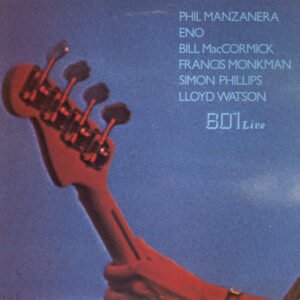
1976, 7.5/10
801 Live is principally a Phil Manzanera project, but Eno plays an important role as well and it’s difficult to imagine an Eno fan not wanting to hear this record. This live album comes from the last night of a three-night stand from a band assembled from Manzanera, Eno, Curved Air’s Francis Monkman on keyboards, slide guitarist Lloyd Watson (who won a competition to be part of the backing band) and rhythm section Simon Philips and Bill MacCormick. The resulting set, consisting of 1960s covers and Eno and Manzanera tunes, is an engaging live album. Some of this material is unavailable in studio form, while this combination of musicians sounds terrific, with a fluid and creative rhythm section and a detailed and inviting sound. The Eno songs are also substantially different from their studio incarnations, as he’s unable to treat all the instruments in the same way in a live setting, and they sound more conventional if no less excellent.
‘T.N.K.’, a cover of ‘Tomorrow Never Knows’, is one particular highlight. It’s more organic than the Beatles’ original, and obviously lacks its sheer ground-breaking nature, but it’s just as strong, stretched out to a six-minute jam with a driving rhythm and strong bass line, topped off by Eno’s beeping and vocals. The cover of The Kinks’ ‘You Really Got Me’ is also idiosyncratic, adding more complexity without sacrificing the song’s natural drive and charm. The most interesting of the Eno tracks is Another Green World‘s ‘Sombre Reptiles’, which is made into a longer jam, with the band augmenting the original’s austere riff. ‘Miss Shapiro’ is an Eno vocal song that originally appeared on Manzanera’s 1975 solo album Diamond Head, and although it would have fit fine on Eno’s solo records, its main feature is Manzanera’s aggressive riffing. ‘Rongwrong’ comes from Manzanera’s pre-Roxy Music band, Quiet Sun, who were able to record their material in the wake of Manzanera’s success with Roxy.
This live album’s fascinating to anyone with an interest in the 1970s British art-rock scene, although some of the longer jams are hard to follow, which does take it down a notch or two. The 1999 reissue of the album includes two extra Eno songs, ‘Golden Hours’ and ‘The Fat Lady of Limbourg’, and I assume it’s the version to go for.
Before and After Science
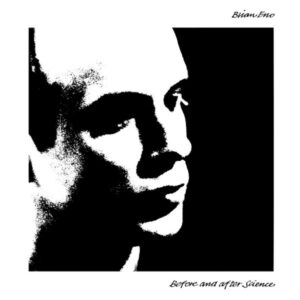
1977, 9.5/10
Before and After Science was the last vocal album that Eno made as a solo artist until 2005’s Another Day on Earth, which in hindsight is surprising since there’s not even a hint that he’s running out of ideas. He’s picking up on new influences that weren’t there before – ‘King’s Lead Hat’ is a tribute to, and an anagram of, Talking Heads, showing that Eno was paying attention to new wave Meanwhile, the album also has a German feel in places, not surprising given that he’d worked with Harmonia and recorded with Bowie in Berlin; ‘By This River’ features musicians from Harmonia.
Before and After Science is divided into two distinct LP sides; a sprightly first half to burn off the listener’s last remnants of vitality, followed by a mellow side to lull the listener to sleep. Highlights in the first half include the punchy opener ‘No One Receiving’ and ‘King’s Lead Hat’, while the second side glides along gracefully through the country textures of ‘Here He Comes’ and the slinky keyboard grooves on ‘By This River’. ‘Julie With…’ encapsulates the textures, moods and melodies that make Eno’s work incredible, while ‘Spider And I’ brings Before and After Science to a warm and uplifting conclusion.
Before and After Science is another astonishing entry into Eno’s solo canon, and it’s the end of an era; after this, he concentrated on production and ambient albums.
My Life in the Bush of Ghosts (with David Byrne)
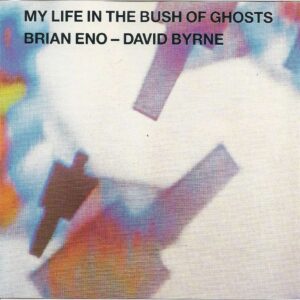
1981, 6/10
Created on the side between Talking Heads’ albums, David Byrne and Brian Eno employed the then-novel concept of creating musical backdrops for sampled vocal tracks on My Life in the Bush of Ghosts. Most of the vocals are lifted from spiritual sources, mostly Christian evangelists and Islamic singers.
While the project is historically significant and intellectually fascinating, it feels uneven as the more propulsive tracks overshadow the spacier ones. The highlights include ‘America is Waiting’, which rides a paranoid groove, ‘The Jezebel Spirit’ which features a scary exorcism, and ‘Regiment’ which pumps up a Lebanese mountain singer with a funky groove.
My Life in the Bush of Ghosts is historically significant, and any Eno or Byrne fan will want to hear the best tracks, but I find the full album a little difficult to get through.
Original Soundtracks 1

1995, 4/10
Original Soundtracks 1 is a bargain bin perennial, and I finally gave in when I found a $3 copy. A collaboration between Eno and U2, as well as cameos from Holi, Howie B and Luciano Pavarotti, it’s contrived as a collection of songs from soundtracks of hypothetical art-house movies. While this project received plenty of attention due to U2’s involvement, it’s not particularly interesting in general. Thanks to Eno’s reliable touch, the production sounds terrific, but despite a few great moments, there’s little to get excited about.
Chief among the great moments is ‘Miss Sarajevo’, hypothetically the central song for a documentary featuring a beauty pageant in the war-torn former Yugoslavia. A reflective ballad, it’s easily the best song here even before Pavarotti’s show-stopping entrance. The Edge plays some nice organ on ‘Your Blue Room’, and Holi’s vocal spotlight on ‘Ito Okashi’ is interesting, but by and large, the invented film synopses are more remarkable than the songs themselves.
The music’s too esoteric to appeal to most U2 fans, while it’s nowhere as engaging as Eno’s best work. ‘Miss Sarajevo’ is well worth hearing, but the rest of this album is largely negligible.
Another Day on Earth
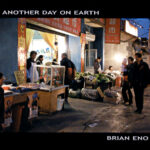
2005
Eno’s first solo album of songs with vocals since 1977’s Before and After Science. I’ve heard it, but haven’t formed an opinion yet.
Everything That Happens Will Happen Today (with David Byrne)

2008, 7.5/10
Brian Eno and David Byrne’s second album together sounds nothing like the experimental and sample-based My Life in the Bush of Ghosts. It’s gospel-inflected electronic pop; apparently, Eno had been listening to a lot of gospel music and had even joined a choir, but when he wanted to create his own gospel album, found himself unable to write appropriately uplifting lyrics. So Eno composed the music and recruited Byrne to write the vocal melodies and lyrics. Thematically, Eno has also said the album is about “painting a picture of the human trying to survive in an increasingly digital world.”
‘I Feel My Stuff’ with its pulsing rhythm and Eno’s hypnotic wall of backing vocals is a standout, while ‘Strange Overtones’ goes into a distorted organ solo. Byrne’s vocals are strong – he has a surprisingly pretty voice when he’s not adopting his Talking Heads’ mannerisms.
Everything That Happens Will Happen Today is a little samey to be completely essential, but it’s a surprisingly vibrant and accessible effort from two artists whom I was no longer expecting much from.
Foreverandevernomore

2022, 6.5/10
Brian Peter George St John le Baptiste de la Salle Eno is a favourite here at Aphoristic Album Reviews. His synths and “treatments” on the first two Roxy Music albums, his glam rock solo albums in the mid-1970s, and his distinctive production touches on landmark albums like Talking Heads’ Remain in Light and U2’s The Joshua Tree – all are cherished parts of my music library. Foreverandevernomore is Eno’s 29th solo album, but most of my solo Eno affection is reserved for his vocal albums, rather than his ambient work.
Foreverandevernomore finds the middle ground between Eno’s two solo pathways. Eno’s voice, deepened and mellowed with age, gently intones wisdom over ambient backing. His daughter Darla provides backing vocals, adding some sweetness to a dark-hued record. It’s heavy thematically, written about the climate crisis. Eno told The Guardian that he composed the foreboding standout ‘There Were Bells’ for an event at the Athens Acropolis. Performing on a 45-degree Celsius day “I thought, here we are at the birthplace of modern civilisation, probably witnessing the end of it.” It’s an admirable record that lacks the verve and flair of his earlier vocal record – hardly a surprising outcome for a musician in his mid-seventies.
These billion years will end
These billion years will end
These billion years will end
They end in me
They end in meGarden of Stars, Brian Eno
Foreverandevernomore lacks the panache of Eno’s early vocal records, but it’s a worthy entry to a standout catalogue.
10 Best Brian Eno Songs
St Elmo’s Fire
No One Receiving
Baby’s On Fire
Everything Merges With The Night
By This River
Third Uncle
Backwater
Sky Saw
Spider and I
The Paw Paw Negro Blowtorch
Back to 1970s Album Reviews….
One comment
Leave a Reply
Related Pages
About
Aphoristic Album Reviews is almost entirely written by one person. It features album reviews and blog posts across a growing spectrum of popular music.
Review Pages
Read about the discographies of musical acts from the 1960s to the present day. Browse this site's review archives or enjoy these random selections:
Blog Posts
I add new blog posts to this website every week. Browse the archives or enjoy these random selections:
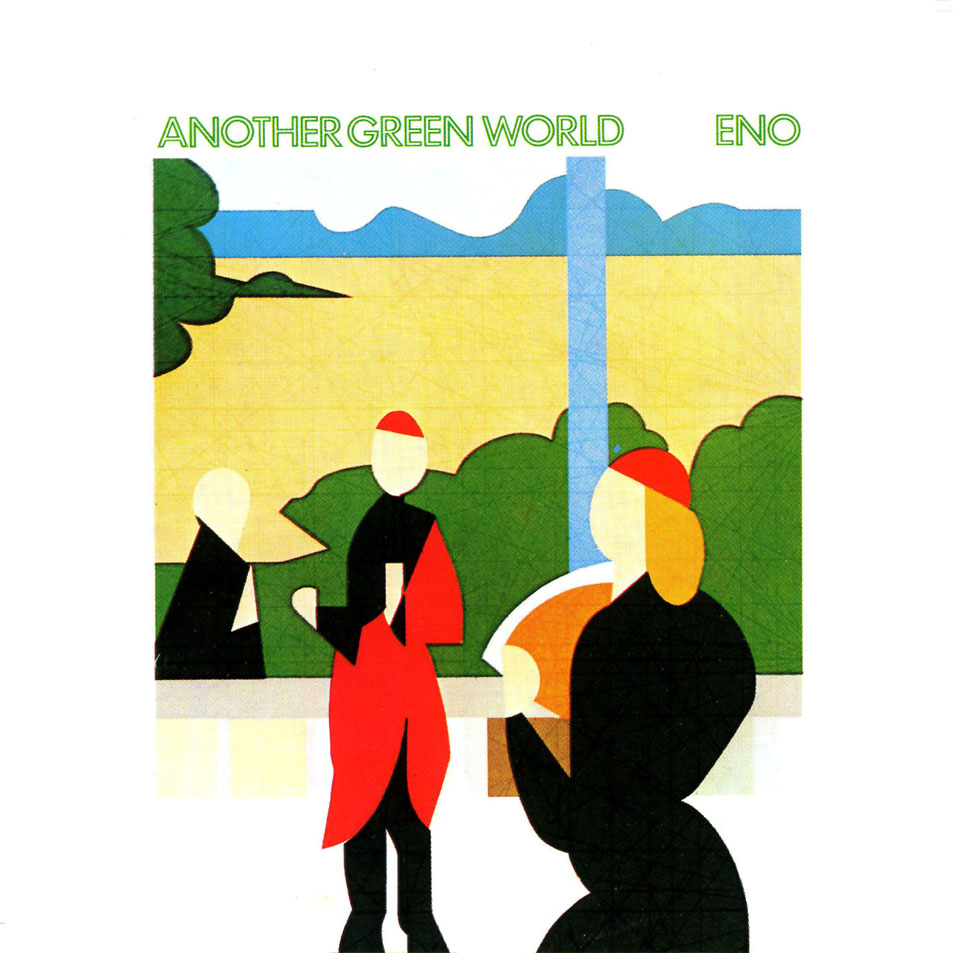
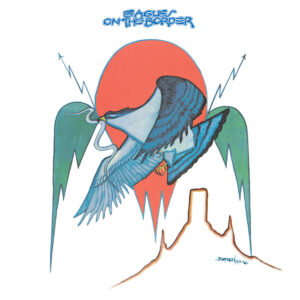

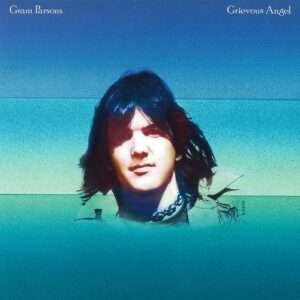
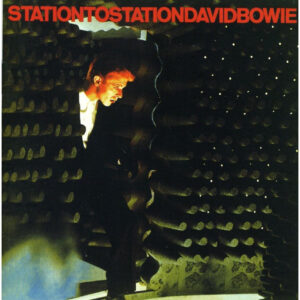
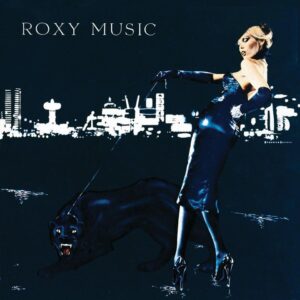
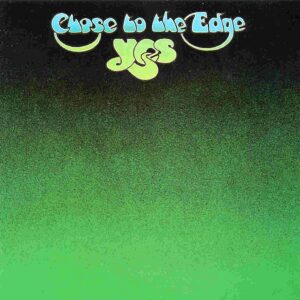
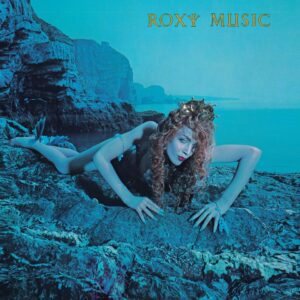
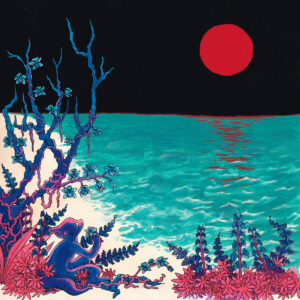
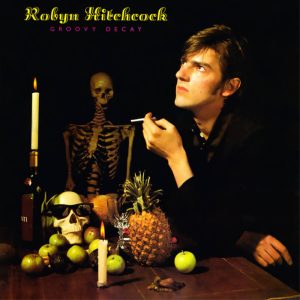
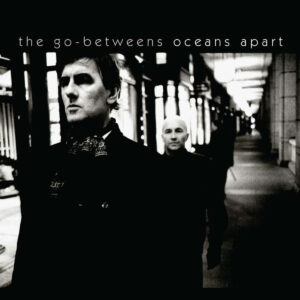
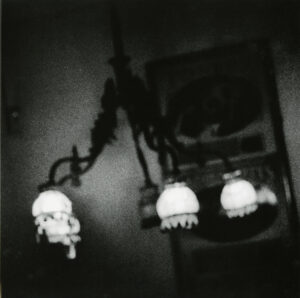
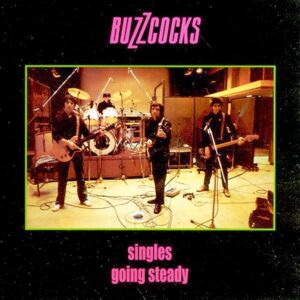
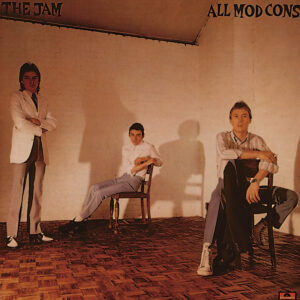
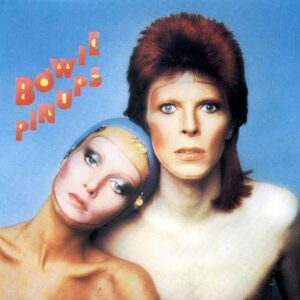
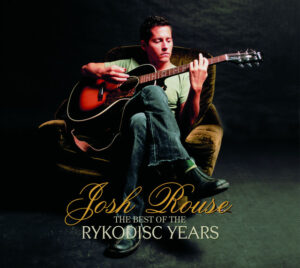
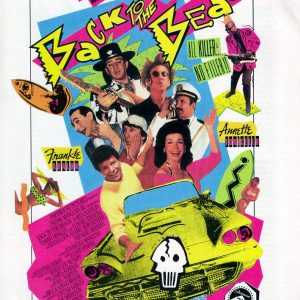
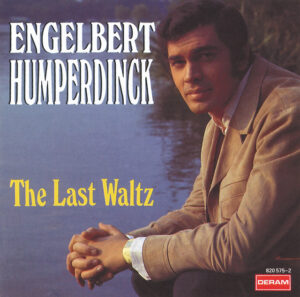
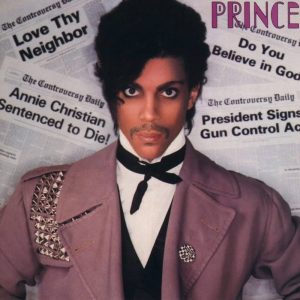
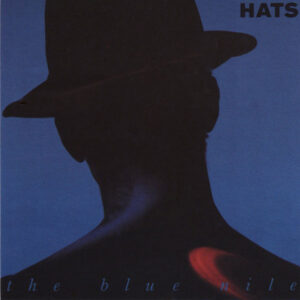

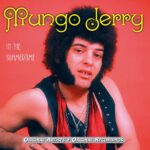
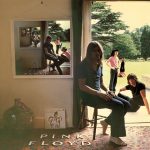
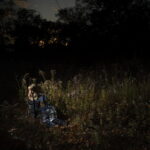
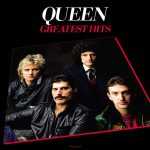
CB is an Eno guy. Good choice.